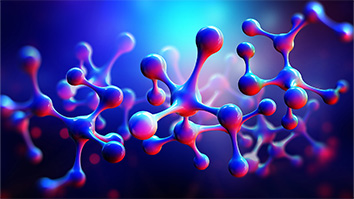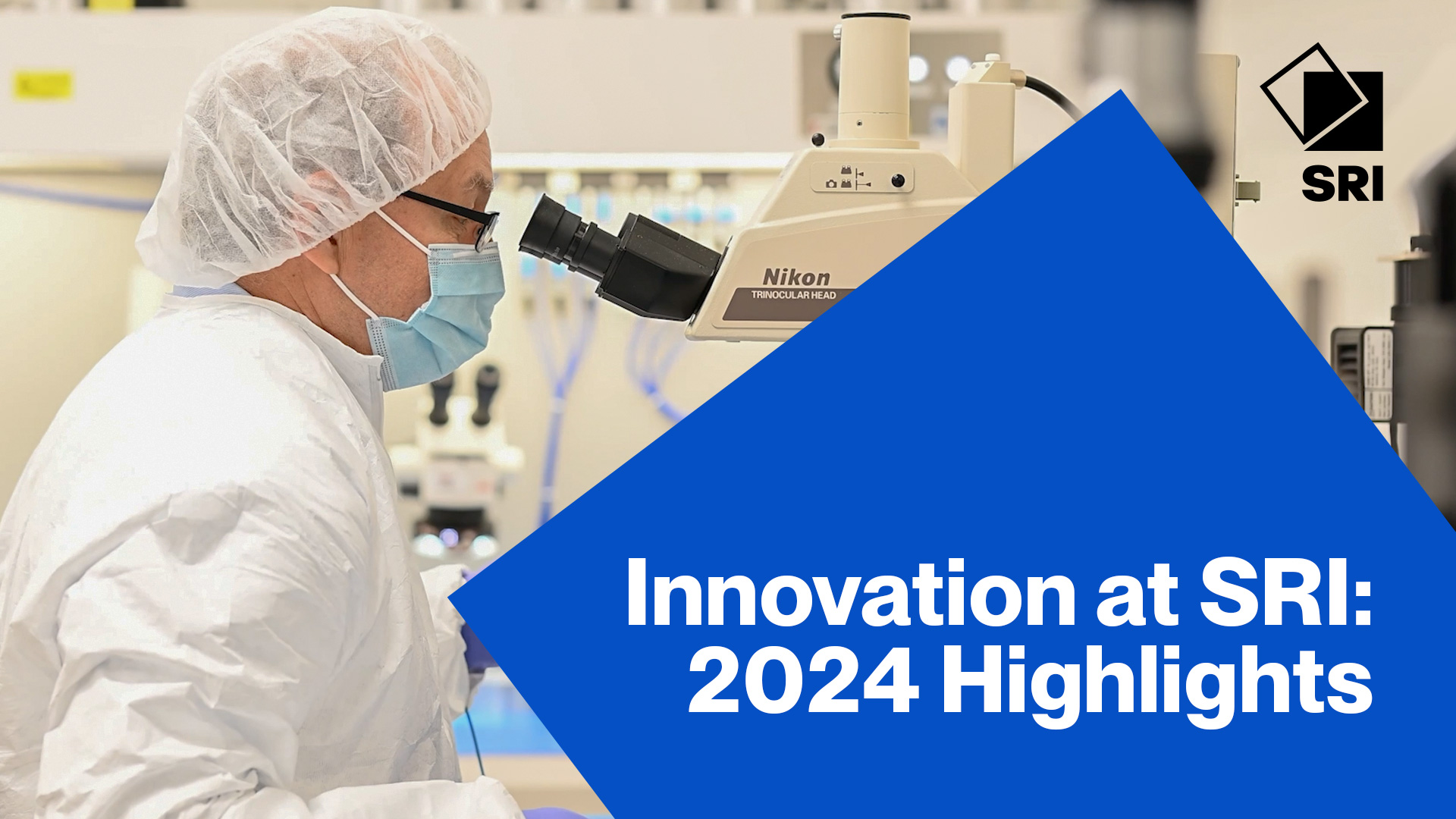Citation
Kiesel, P.; Martini, J.; Recht, M. I.; Bern, M. W.; Johnson, N. M.; Jiao, Y. Micro-fluidic based detection platform for rapid pathogen characterization in water. Invited talk at Frontiers in Optics 2012 and Laser Science XXVIII; 2012 October 14-18; Rochester, NY.
Abstract
Water-quality monitoring is an essential priority for global health. It is estimated that worldwide more than 5000 people die daily from drinking contaminated water. With microorganisms a primary cause for the occurrence of infectious diseases, the concentrations of harmful bacterial cells should be routinely monitored to maintain microbiological quality control of drinking water. Because of the difficulty and cost of directly measuring all microbial pathogens in water samples, organisms like E.coli, Giardia and Cryptosporidium that indicate the presence of sewage and fecal contamination have been targeted for measurement. Bacterial quantitation is currently performed by labs that primarily use plate-culture assay techniques which can take up to 24 hours to produce test result. In order to achieve more timely assessment of water quality, PARC is developing a compact and robust platform for rapid pathogen identification and quantitation in water. The microfluidic system provides sample concentration, on-chip sample preparation, and uses a micro-fluidic based flow cytometer for detection. The presented approach is suitable for point-of-need testing and in-line water monitoring. Target of the final system is to reliably detect very low pathogen concentrations (< 1 per 10ml) in less than 20min. The technique enabling the on-the-flow detection of the pathogens is termed spatially modulated fluorescence detection and delivers high signal-to-noise discrimination without precision optics. Relative movement between analyte and a predefined patterned environment generates a time-dependent signal, and correlating the detected signal with the known pattern achieves high discrimination of the particle signal from background noise. We have demonstrated pre-concentration of Giardia cysts and Cryptosporidium oocysts in order to substantially reduce the analyte volume (~1000 times) while keeping most of the pathogens (>90%). Cascading multiple spiral concentrators can provide the desired volume reduction. We have assembled and tested a working prototype of a micro-fluidic based flow cytometer which allows analyzing water samples with a throughput of 50ul/min. The detection subsystem uses low cost 532nm laser modules and a basic pin photodiode rather than a PMT or APD. Measurements of the sensitivity and dynamic range were conducted with calibration particles and yielded a detection limit of ~500 MEPE, which clearly meets the requirements for a wide range of bio-particle-detection applications. Tests with water-borne pathogens clearly show that this instrument can be used to reliably identify and count specifically-tagged pathogens at very low concentrations. We will show results for Giardia, Cryptosporidium, and E.coli. Incubation studies with anti-body based reagents showed that for Giardia incubation times as short as 2min and analyte-to reagent-ratios as low as 1:100 are sufficient for reliable detection. We will also show that the antibody-based reagents are highly stable, with little degradation over a period of months at 37C. Acknowledgment: This project is partially funded by the U.S. Army Research Office and the National Institute of Health.


